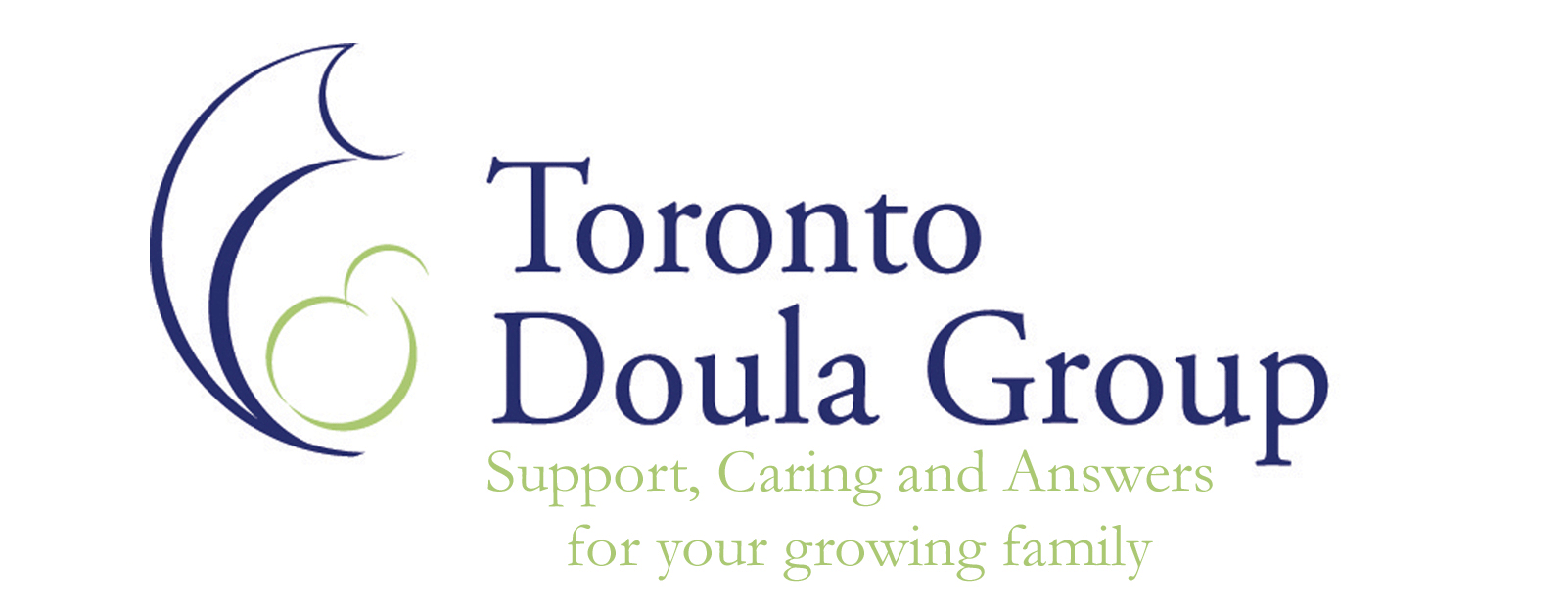Alongside Midwifery Unit
On Tuesday I was part of a group of birth professionals who were given a tour of Markham Stouffville Hospital's (MSH) Alongside Midwifery Unit (AMU). The tour was arranged by the incomparable Teresa Maskery a doula and childbirth educator in York region.
It had been a year since I had attended a birth at this hospital and a lot had changed. MSH has been going through a huge revitalization over the past few years. Several years ago they opened a new birthing unit which was a big upgrade from their previous unit. The new Labour, Delivery and Postpartum wing serviced approximately 3200 families last year. 600 of which were under the care of Midwives. Now after a lot of hard work and considerable consultations with staff and community members, MSH has a new unit strictly dedicated to servicing families under midwifery care.
The tour began in the lobby, led by Teresa Maskery. She led us to a set of elevators in whats called the Link Lobby. We all squeezed in, including an elderly man who seemed equal parts annoyed and delighted to be crammed into an elevator for one stop with twenty chattering women. We continued to the fourth floor and the elevator opened on to a wall wrapped in a forest scene with the phrase "Building community one birth at a time." scrawled across it at eye level. To the right is the obstetrical unit, to the left is the Alongside Midwifery Unit.
Walking into the AMU, I was struck by how quiet it was. The main 'team desk' where one would find nurses and doctors congregating was empty. In this unit there are no nurses or doctors. There is what is called a 'Hospitalist Midwife' who takes care of the calls, admitting the families in labour, starting inductions and assisting the labouring parent until active labour starts at which time the 'Community Midwife' shows up. The Hospitalist Midwife also backs up the Community Midwife during the delivery.
We were led into a small conference room where Carol Cameron, whose vision and hard work brought about the AMU, began to tell us about the unit.
The unit is completely separate from the obstetrical side. The only time an OB would be there is if there is a medical issue and a transfer of care is necessary. At which time the patient would be taken over to the obstetrical side for the rest of the birth and delivery.
The midwives that work in the unit work the full scope of a midwife which means they can run inductions and monitoring of a patient as well as order pain medication such as an epidural without having to transfer care to an OB.
There are 13 rooms in total but only 6 rooms are currently outfitted for birth. Each room has a Jacuzzi tub as well for labour but not for birthing.
Water births are an option however in one of three portable birthing pools they have. It takes approximately 30 minutes to set up and fill the pool with the endless supply of hot water they have. If you wish to have a water birth you will have to purchase a kit that includes a pool liner and hoses. The kit costs $75 and can be purchased at the time or in advance if you are a planner. This process is temporary until the unit can fund and get permission to install permanent birthing tubs.
The unit is serviced by three midwifery groups, Midwifery Services of Durham, Midwifery Services of Markham-Stouffville and Uxbridge Community Midwives That is a total of 23 midwives available to support families wishing to birth at the AMU or at home.
If you wish to birth on the OB side with a midwife that is no longer an option. Your only option is the AMU or at home.
After the brief introduction we were led to the hall where the rest of the tour continued. The halls were a warm cream colour with light and dark green waves painted the length of the wall, overlaid with inspirational quotes to encourage the labouring parent as they work to bring their baby into the world. I did notice that the quotes were all in English. Perhaps as time goes on quotes will be added in other languages to benefit those who's first language isn't English.
The first room we went to was similar to one you would typically see in a hospital birthing suite. It had a hospital bed and an iv pole. But the cabinetry was designed to functionally hide any other hospital equipment including the garbage and dirty linen receptacles. It was very clean with a minimalist feel to it.
The second room we are led to is spacious, with warm colours and soft coloured lighting that can be changed to any colour the family likes. I noticed there was the sound of birds chirping and it fit perfectly with the bamboo forest scene that covered an entire wall. We are told by Ms. Cameron that on the ipad situated close to the desk on the opposite wall to the forest scene are many different nature sounds that can be chosen including waterfalls or the families can sync their phones and play their own personal music. But the most dramatic difference in this room is that there is no bed. Not a visible one anyway. These 'non-traditional' rooms have a murphy bed hidden in the wall, which can be exposed when needed. What is visible in the room is a birthing stool unlike any I've seen before. Smooth molded plastic with removable arm/back support. There is also a low chair and table for the midwife and their instruments. Hanging from the ceiling on a track is a movable hanging sling to hold on to, pull on or support the labouring parent. And we are told it can hold up to 600lbs. The design of this room has taken the family's and the midwives comfort into account.
The final room we are show is similar to the second but there is an extra space or area that can hold family members comfortably while labour is happening or when baby is being born. This area is semi-hidden from the rest of the room so the labouring parent doesn't feel watched or on display. This highlights another difference from a regular hospital birth in that there are no reasonable restrictions on the number of support people a family can have. In a regular hospital OB birth a family can have only two support people.
Once we had seen everything, we were led back to the conference room for a Q and A where we learned that they are currently aiming for 600 births in the first year, 720 births in the second year and in five years the goal will be 1100 births. Also that families without any birth complications will be discharged from the unit to start their recovery at home six hours after the birth. The families midwife will be then looking after them at home as usual.
It was also mentioned by one of the doulas present that it would be wonderful to start a doula program at the AMU similar to the one that exists at the Scarborough Hospital General and Grace sites. We were led to believe by the tour leader that it was something that would be discussed but was not a priority for them at that time. This was later revealed to be an incorrect statement, as the very next day a doula program was announced. The details of the program were not released but we can surmise one thing based on the Scarborough program. The Doulas will be ones the hospital and midwives have recommended. Not necessarily all the doulas available, including very experienced ones that may not be part of the program. Do your own homework and hire the doula that will work for you and personalize their support for you.
Its fair to say that the AMU is fantastic and offers all the calm comfort of a midwifery birth, with all the medical safe guards of a hospital birth. The Alongside Midwifery Unit is hopefully the start of many positive changes to be seen in the coming years in Ontario.
Photo Gallery Below.
























